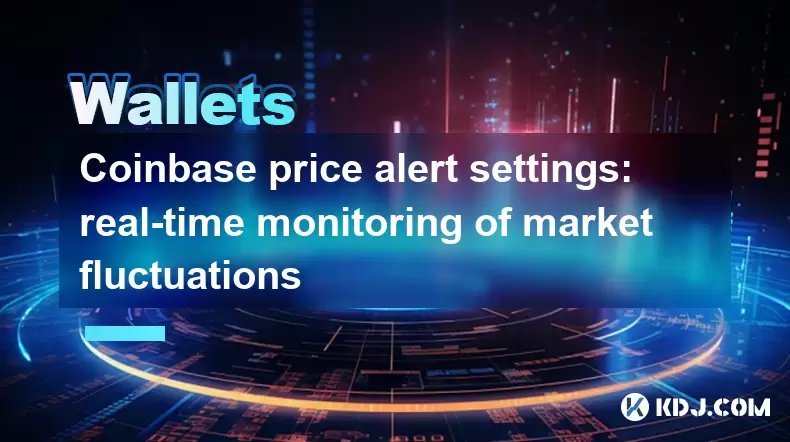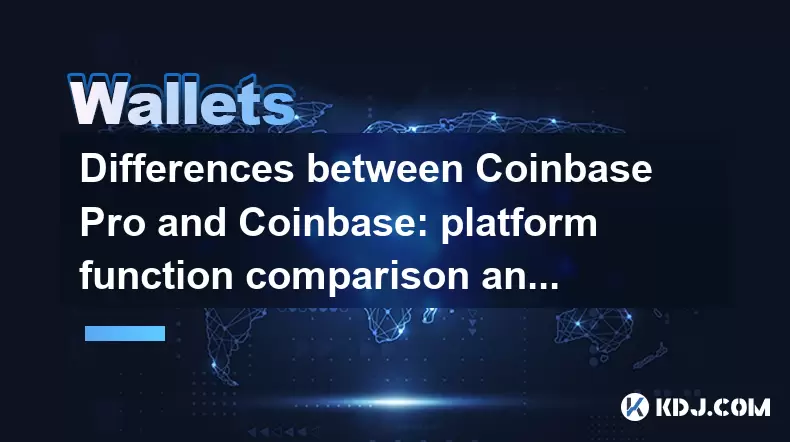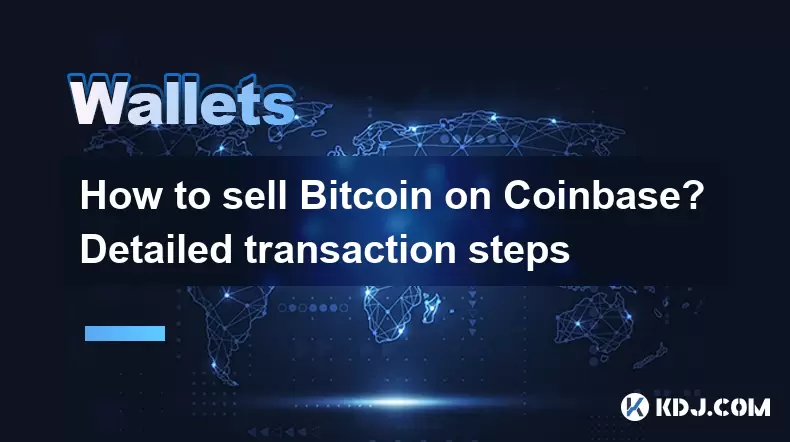-
 Bitcoin
Bitcoin $108,165.4587
0.78% -
 Ethereum
Ethereum $2,456.3517
1.15% -
 Tether USDt
Tether USDt $1.0003
0.00% -
 XRP
XRP $2.1934
0.05% -
 BNB
BNB $650.0935
0.52% -
 Solana
Solana $151.3905
2.69% -
 USDC
USDC $0.9998
0.00% -
 TRON
TRON $0.2751
-0.32% -
 Dogecoin
Dogecoin $0.1640
0.87% -
 Cardano
Cardano $0.5631
0.57% -
 Hyperliquid
Hyperliquid $38.7115
4.69% -
 Bitcoin Cash
Bitcoin Cash $493.1868
-0.39% -
 Sui
Sui $2.8217
3.61% -
 Chainlink
Chainlink $13.3994
2.08% -
 UNUS SED LEO
UNUS SED LEO $9.1632
0.94% -
 Avalanche
Avalanche $18.0318
1.97% -
 Stellar
Stellar $0.2388
0.35% -
 Toncoin
Toncoin $2.8763
1.41% -
 Shiba Inu
Shiba Inu $0.0...01160
1.59% -
 Litecoin
Litecoin $86.6393
1.29% -
 Hedera
Hedera $0.1485
0.16% -
 Monero
Monero $315.7948
1.56% -
 Polkadot
Polkadot $3.4240
1.88% -
 Bitget Token
Bitget Token $4.6314
-0.44% -
 Dai
Dai $0.9998
-0.01% -
 Ethena USDe
Ethena USDe $1.0002
-0.01% -
 Uniswap
Uniswap $7.2110
2.59% -
 Aave
Aave $270.6087
6.07% -
 Pi
Pi $0.5350
0.52% -
 Pepe
Pepe $0.0...09545
1.26%
How to view ETH wallet address in Trust Wallet
To view your ETH wallet address in Trust Wallet, open the app, tap "Wallet," select Ethereum, and press "Receive" to see your unique address starting with "0x."
Apr 02, 2025 at 10:56 pm

Managing your Ethereum (ETH) wallet address is crucial for anyone involved in the cryptocurrency space, especially when using popular mobile wallets like Trust Wallet. This guide will walk you through the process of viewing your ETH wallet address in Trust Wallet, ensuring you can confidently engage in transactions, receive funds, and manage your digital assets. Whether you're new to cryptocurrencies or a seasoned investor, understanding how to access your wallet address is fundamental to your crypto journey.
Getting Started with Trust Wallet
Before diving into the specifics of viewing your ETH wallet address, it's important to ensure you have the Trust Wallet app installed on your mobile device. Trust Wallet is available for both iOS and Android, and you can download it from the respective app stores. Once installed, you'll need to set up your wallet, either by creating a new wallet or importing an existing one using your recovery phrase. This initial setup is essential for securing your assets and accessing your wallet addresses.
Accessing Your ETH Wallet in Trust Wallet
To begin, open the Trust Wallet app on your device. Upon launching the app, you'll be greeted with the main dashboard, which displays your portfolio and the cryptocurrencies you hold. To view your ETH wallet address, follow these steps:
- Tap on the "Wallet" tab at the bottom of the screen.
- Scroll through your list of cryptocurrencies until you find Ethereum (ETH).
- Tap on the Ethereum (ETH) entry to open your ETH wallet.
Once you're in your ETH wallet, you'll see your current balance and a few options at the bottom of the screen, including "Send" and "Receive."
Viewing Your ETH Wallet Address
To view your ETH wallet address, tap on the "Receive" button. This action will display your unique ETH wallet address, which you can use to receive Ethereum from other users or exchanges. Your wallet address will be a long string of alphanumeric characters, starting with "0x." You can copy this address by tapping the "Copy" button next to it, making it easy to share with others or paste into a transaction form.
Understanding Your ETH Wallet Address
Your ETH wallet address is your public key, which you can share with others to receive funds. It's important to understand that this address is unique to your wallet and should be used carefully. Here are some key points about your ETH wallet address:
- It's case-sensitive, so ensure you use the correct capitalization when sharing it.
- You can generate multiple addresses for your ETH wallet, but each address will be linked to the same wallet.
- Never share your private key or recovery phrase, as these are used to access your wallet and can lead to theft if compromised.
Using Your ETH Wallet Address
Now that you know how to view your ETH wallet address, let's explore how you can use it. Your ETH wallet address is essential for various activities in the cryptocurrency space, including:
- Receiving ETH from other users or exchanges.
- Participating in decentralized finance (DeFi) platforms and applications.
- Interacting with Ethereum-based smart contracts and decentralized applications (dApps).
When sharing your ETH wallet address, ensure you're doing so with trusted sources, as anyone with your address can send you funds. However, they cannot access your wallet or withdraw funds without your private key or recovery phrase.
Verifying Your ETH Wallet Address
To ensure you're using the correct ETH wallet address, you can verify it within Trust Wallet. After tapping on the "Receive" button and viewing your address, you can use the "QR Code" option to scan your address with another device or app. This method provides an additional layer of verification, helping you confirm that you're using the right address for transactions.
Troubleshooting Common Issues
While viewing your ETH wallet address in Trust Wallet is generally straightforward, you may encounter some common issues. Here are a few troubleshooting tips:
- If you can't find your ETH wallet, ensure you've added it to your Trust Wallet. You can do this by tapping the "+" icon on the main dashboard and selecting Ethereum (ETH).
- If your ETH wallet address doesn't appear when you tap "Receive," try closing and reopening the app or checking your internet connection.
- If you're concerned about the security of your wallet address, consider generating a new address within Trust Wallet. This can be done by tapping the "..." icon in your ETH wallet and selecting "New Address."
Best Practices for Managing Your ETH Wallet Address
To ensure the security and efficiency of your ETH wallet address, consider the following best practices:
- Regularly back up your wallet using your recovery phrase and store it in a secure, offline location.
- Use a strong, unique password for your Trust Wallet app and enable biometric authentication if available.
- Be cautious when sharing your ETH wallet address, especially on public forums or social media platforms.
- Keep your Trust Wallet app updated to the latest version to benefit from the latest security features and bug fixes.
Exploring Additional Features in Trust Wallet
Trust Wallet offers more than just the ability to view your ETH wallet address. The app provides a range of features to enhance your cryptocurrency experience, including:
- Staking and earning rewards on supported cryptocurrencies.
- Accessing decentralized exchanges (DEXs) directly within the app.
- Interacting with a wide range of Ethereum-based dApps and smart contracts.
By familiarizing yourself with these additional features, you can maximize the utility of your ETH wallet and explore the broader world of decentralized finance and blockchain technology.
Common Questions About Viewing ETH Wallet Address in Trust Wallet
Q: Can I view my ETH wallet address on the Trust Wallet website?
A: No, Trust Wallet is a mobile app, and you can only view your ETH wallet address within the app on your mobile device. The Trust Wallet website provides information and support but does not allow direct access to your wallet.
Q: Is it safe to share my ETH wallet address with others?
A: Yes, it is safe to share your ETH wallet address with others, as it is your public key. However, be cautious about where and with whom you share it, as anyone with your address can send you funds. Never share your private key or recovery phrase.
Q: Can I generate multiple ETH wallet addresses in Trust Wallet?
A: Yes, you can generate multiple ETH wallet addresses within Trust Wallet. To do this, go to your ETH wallet, tap the "..." icon, and select "New Address." Each new address will be linked to the same wallet.
Q: What should I do if I accidentally share my private key or recovery phrase?
A: If you accidentally share your private key or recovery phrase, immediately transfer your funds to a new wallet and secure it with a new recovery phrase. Consider your old wallet compromised and do not use it again.
Q: How can I ensure my ETH wallet address is secure?
A: To ensure your ETH wallet address is secure, regularly back up your wallet, use a strong password, enable biometric authentication, and keep your Trust Wallet app updated. Be cautious when sharing your address and never share your private key or recovery phrase.
Q: Can I use my ETH wallet address to receive other ERC-20 tokens?
A: Yes, your ETH wallet address can also be used to receive other ERC-20 tokens, as they are built on the Ethereum blockchain. Simply share your ETH wallet address with the sender, and the tokens will be credited to your wallet.
Q: What should I do if I can't find my ETH wallet in Trust Wallet?
A: If you can't find your ETH wallet in Trust Wallet, ensure you've added it to your wallet. Tap the "+" icon on the main dashboard, search for Ethereum (ETH), and add it to your wallet. If you still can't find it, try closing and reopening the app or checking your internet connection.
Disclaimer:info@kdj.com
The information provided is not trading advice. kdj.com does not assume any responsibility for any investments made based on the information provided in this article. Cryptocurrencies are highly volatile and it is highly recommended that you invest with caution after thorough research!
If you believe that the content used on this website infringes your copyright, please contact us immediately (info@kdj.com) and we will delete it promptly.
- Bitcoin: A Lifeline Against Authoritarian Regimes and a Strategic Asset?
- 2025-06-29 22:30:12
- Elementary, My Dear Collector: Sherlock Holmes 50p Coins on eBay!
- 2025-06-29 22:30:12
- New Coin Disappearing Fast: The Price Impact of Angry Pepe Fork
- 2025-06-29 22:35:12
- Tron vs. Dogecoin: A Cryptocurrency Showdown in 2025
- 2025-06-29 22:50:12
- Ethereum, DeFi, and Cryptocurrency: Navigating the Evolving Landscape
- 2025-06-29 23:07:14
- Bitcoin Acquisition Strategy: From Saylor's Playbook to London's Crypto Craze
- 2025-06-29 23:30:12
Related knowledge

Coinbase price alert settings: real-time monitoring of market fluctuations
Jun 29,2025 at 07:00am
Setting Up Coinbase Price AlertsTo begin real-time monitoring of market fluctuations on Coinbase, users can utilize the built-in price alert feature. This function allows you to receive notifications when a cryptocurrency reaches a specific price point. To access this setting, open the Coinbase app or log in via the web platform. Navigate to the 'Prices...

How to stake cryptocurrencies on Coinbase? Benefits and risks
Jun 27,2025 at 06:36pm
Understanding Cryptocurrency Staking on CoinbaseStaking cryptocurrencies involves locking up digital assets to support the operations of a blockchain network, typically in return for rewards. Coinbase, one of the most popular cryptocurrency exchanges globally, offers staking services for several proof-of-stake (PoS) coins. Users can stake their holdings...

Differences between Coinbase Pro and Coinbase: platform function comparison and analysis
Jun 29,2025 at 08:21am
Overview of Coinbase and Coinbase ProWhen exploring the cryptocurrency trading landscape, users often encounter two platforms under the same parent company: Coinbase and Coinbase Pro. While both are operated by the same organization, they cater to different types of users and offer varying features. Coinbase is primarily designed for beginners and casua...

How to contact Coinbase customer service? Support channels and response times
Jun 28,2025 at 01:29pm
Contacting Coinbase Customer Service: Support Channels and Response TimesIf you're a user of Coinbase, reaching their customer service team may become necessary for various reasons, such as account verification issues, transaction disputes, or technical difficulties. Understanding the different support channels available and what to expect in terms of r...

Coinbase advanced trading function usage tutorial: limit orders and market orders
Jun 28,2025 at 09:07pm
Understanding the Difference Between Limit Orders and Market OrdersWhen using Coinbase's advanced trading features, it is crucial to understand the fundamental difference between limit orders and market orders. A market order executes immediately at the best available price on the market. This type of order ensures that your trade goes through quickly, ...

How to sell Bitcoin on Coinbase? Detailed transaction steps
Jun 29,2025 at 04:22am
Setting Up Your Coinbase Account for TransactionsBefore you can sell Bitcoin on Coinbase, you must ensure your account is fully set up and verified. Coinbase requires identity verification to comply with regulatory standards. This process involves uploading a government-issued ID, confirming your address, and sometimes submitting a selfie holding the ID...

Coinbase price alert settings: real-time monitoring of market fluctuations
Jun 29,2025 at 07:00am
Setting Up Coinbase Price AlertsTo begin real-time monitoring of market fluctuations on Coinbase, users can utilize the built-in price alert feature. This function allows you to receive notifications when a cryptocurrency reaches a specific price point. To access this setting, open the Coinbase app or log in via the web platform. Navigate to the 'Prices...

How to stake cryptocurrencies on Coinbase? Benefits and risks
Jun 27,2025 at 06:36pm
Understanding Cryptocurrency Staking on CoinbaseStaking cryptocurrencies involves locking up digital assets to support the operations of a blockchain network, typically in return for rewards. Coinbase, one of the most popular cryptocurrency exchanges globally, offers staking services for several proof-of-stake (PoS) coins. Users can stake their holdings...

Differences between Coinbase Pro and Coinbase: platform function comparison and analysis
Jun 29,2025 at 08:21am
Overview of Coinbase and Coinbase ProWhen exploring the cryptocurrency trading landscape, users often encounter two platforms under the same parent company: Coinbase and Coinbase Pro. While both are operated by the same organization, they cater to different types of users and offer varying features. Coinbase is primarily designed for beginners and casua...

How to contact Coinbase customer service? Support channels and response times
Jun 28,2025 at 01:29pm
Contacting Coinbase Customer Service: Support Channels and Response TimesIf you're a user of Coinbase, reaching their customer service team may become necessary for various reasons, such as account verification issues, transaction disputes, or technical difficulties. Understanding the different support channels available and what to expect in terms of r...

Coinbase advanced trading function usage tutorial: limit orders and market orders
Jun 28,2025 at 09:07pm
Understanding the Difference Between Limit Orders and Market OrdersWhen using Coinbase's advanced trading features, it is crucial to understand the fundamental difference between limit orders and market orders. A market order executes immediately at the best available price on the market. This type of order ensures that your trade goes through quickly, ...

How to sell Bitcoin on Coinbase? Detailed transaction steps
Jun 29,2025 at 04:22am
Setting Up Your Coinbase Account for TransactionsBefore you can sell Bitcoin on Coinbase, you must ensure your account is fully set up and verified. Coinbase requires identity verification to comply with regulatory standards. This process involves uploading a government-issued ID, confirming your address, and sometimes submitting a selfie holding the ID...
See all articles

























































































